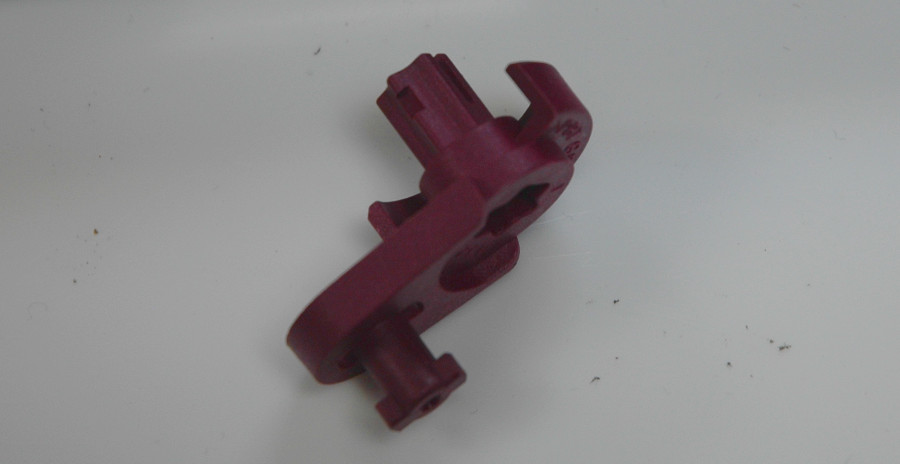Plastic Injection
In engineering, injection molding is a semi-continuous process that involves injecting in a molten state into a closed mold under pressure, through a small hole called a gate. In that mold the material solidifies. The final part or part is obtained by opening the mold and removing the molded part from the cavity.
Plastic injection, or better known as injection molding, is a process based on the injection through a small hole of liquid materials into a low temperature pressure sealed mold. Once this mold containing the liquid material, which has become a solid material, has cooled, the part is opened and removed. In this way, said piece acquires the shape of the mold into which it has been injected.
Plastic injection is used mainly for the manufacture of plastic parts, among other elements. It is a fast process that seeks to produce the largest number of molded parts in the shortest possible time. Parts for vehicles or airplanes are some of the main elements manufactured under plastic injection, as well as some toys that constitute parts in themselves, such as LEGO parts.
It is a process that does not harm the environment, unlike others that use different types of materials, such as metal or ceramic. This is due to the fact that the plastic injection does not emit polluting elements, which produces a zero environmental impact.
At XR66 we are concerned with the best execution of the plastic injection processes, since each point in this process, as well as every detail in the execution, constitutes a decisive factor in achieving the best final results.
For this reason, our company uses all its efforts to carry out the best activity in this plastic injection process, guaranteeing the best parts resulting from it, and consequently, the best use of these parts in their final use.
At XR66 we take into account the entire process from start to finish, since each part is important and will determine the quality of the products, and therefore, the service that will be provided later.


